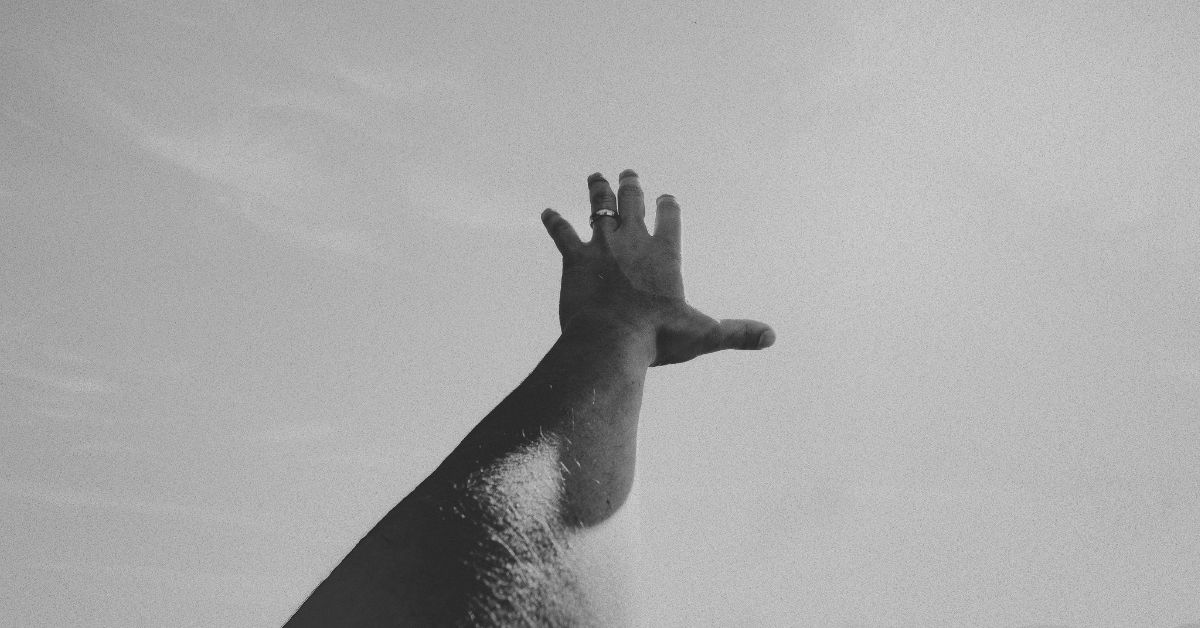
Why Left-Handed People Are Rare (and Special)
Outline:
- The Rarity of Left-Handedness: A Statistical Quirk
- The Science of Handedness: Nature, Nurture, or Both?
- The Brain of a Lefty: Mirror Wiring and Creative Sparks
- Challenges in a Right-Handed World
- Famous Lefties Who Changed the World
- Left-Handed Advantages: More Than a Myth?
- Rarity as a Reflection of Resilience
- FAQs
The Rarity of Left-Handedness: A Statistical Quirk
Only about 10% of the global population is left-handed. For every classroom of 30 students, maybe three will naturally favor their left hand. It’s a trait that seems random, but has remained consistently rare across time, geography, and culture.
Why?
The question has puzzled scientists, anthropologists, and psychologists for decades. And while handedness may seem like a trivial personal trait, it actually opens a fascinating window into human biology, evolution, and identity.
Left-handedness isn’t just a difference in dexterity—it’s a story about diversity in brain wiring, adaptability, and how the world responds to those who think (and write) differently.
The Science of Handedness: Nature, Nurture, or Both?
Handedness begins early. Ultrasound scans have shown fetuses sucking the thumb of one hand more than the other as early as 13 weeks in the womb. By the time a child picks up a crayon, their preference is often clear.
So where does it come from?
Genetics
There’s no single “left-handed gene,” but multiple genes appear to influence hand preference. If both parents are left-handed, the chance their child will be too increases—though most children of lefties still turn out right-handed.
Brain Asymmetry
Handedness is tied to lateralization of brain function. About 90% of people have left-brain dominance for language and right-hand dominance for movement. Lefties often show more cross-lateralization, which may explain their unique thinking styles.
Cultural and Social Influence
In many societies, especially in the past, left-handedness was discouraged—even punished. Children were trained to write with their right hand. This cultural pressure likely reduced the visible number of left-handed people throughout history.
Today, left-handedness is accepted, even celebrated—but still rare. And that rarity itself may hold evolutionary clues.
The Brain of a Lefty: Mirror Wiring and Creative Sparks
Left-handed people often show more distributed activity across both brain hemispheres. Some researchers believe this leads to:
- Greater cognitive flexibility
- More divergent thinking
- Higher rates of creativity and imagination
Studies have linked left-handedness with a higher incidence of careers in the arts, music, architecture, and writing. While not universal, the correlation suggests that lefties may process information in less linear, more holistic ways.
Interestingly, left-handers also appear to think faster in some tasks, especially those involving simultaneous data processing or unfamiliar problems.
Their brains may be wired to see the world from a slightly different angle—sometimes literally.
Challenges in a Right-Handed World
Despite their potential advantages, lefties grow up in a world built for right-handed people:
- Scissors, desks, notebooks, computer mice, and power tools are all designed with right-handed use in mind.
- Even language reflects a bias: “right” is associated with correctness, while “left” (from sinister in Latin) carries negative connotations.
Left-handed people often learn to adapt quickly, developing ambidexterity or creative workarounds. That flexibility—born from necessity—may also fuel resilience and problem-solving skills.
In short: the world doesn’t bend for the left-handed, so left-handed people learn to bend with the world.
Famous Lefties Who Changed the World
Left-handers have left a profound mark on history, culture, and science. Among them:
- Leonardo da Vinci – painter, engineer, inventor
- Marie Curie – physicist and Nobel Prize winner
- Barack Obama – 44th President of the United States
- Jimi Hendrix – legendary guitarist
- Ruth Bader Ginsburg – U.S. Supreme Court Justice
- Oprah Winfrey – media mogul and philanthropist
These names are more than trivia—they show that left-handedness is not a barrier, but a badge of distinction.
Left-Handed Advantages: More Than a Myth?
Beyond creativity, research has found surprising left-handed advantages:
- Athletics: In sports like tennis, boxing, fencing, and baseball, lefties have an edge because opponents are less used to their style.
- Memory and multitasking: Some studies suggest left-handed individuals have stronger working memory and faster recovery from brain injuries.
- Problem-solving: Due to their cross-brain communication, left-handers may excel in novel or open-ended problem-solving tasks.
But most of all, they’re used to being different—and that, in itself, becomes a source of strength.
Rarity as a Reflection of Resilience
Left-handedness is more than a physical trait—it’s a story about difference, adaptation, and hidden strength.
In a world designed for the majority, left-handed people learn early to navigate obstacles, think creatively, and forge their own path.
They are a living reminder that rarity is not weakness—it is variation. And variation is the engine of evolution, innovation, and resilience.
So whether you’re a lefty or not, remember:
Sometimes, the world’s most remarkable perspectives come from those who write from the other side.
FAQs
Is it possible to become left-handed by choice?
While it’s possible to train your non-dominant hand (a process called “ambidextrous training”), handedness is typically established early in life and is deeply rooted in brain wiring.
Do left-handed people think differently?
Yes. Many left-handers show more bilateral brain activity, which can lead to unique approaches in creativity, language, and spatial reasoning.
Why is left-handedness so rare?
It likely persists at low levels due to evolutionary trade-offs. Some theories suggest a balance between competitive advantage (in sports or combat) and cooperation-based society keeps left-handedness from becoming dominant.